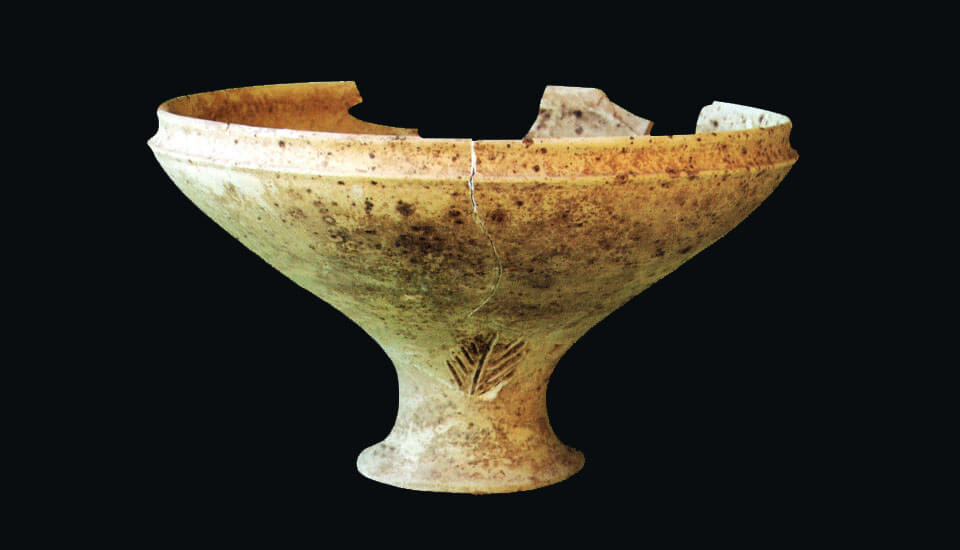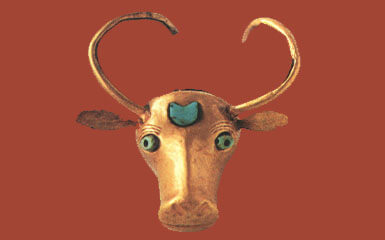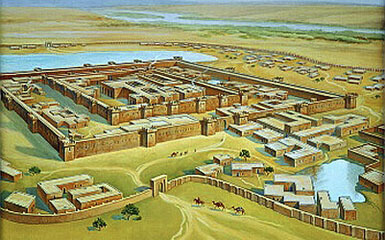Ashgabat
Alem Ferris wheel
State Museum
Fine Arts museum
Wedding Palace
Nisa fortress
Memorial Complex
Ertogrul Gazi Mosque
Neutrality monument
Independence Park
Turkmenbashi Ruhy Mosque
Olympic Village
Ylham Alley
Carpet Museum
Monument of Lenin
Ahal Region
Abivert
Altyn Depe
Annau
Darvaza
Geokdepe
Kowata
Mane baba
Zengi baba
Nedir Shah
Nokhur
Parzdepe
Sarahs baba
Seyit Jemaleddin mosque
Shahrislam
Ulug depe
Mary region
40 cupolas
Akcha Kala
Ancient Merv
Badkhyz
Chilburj
Gebeklytepe
Geok Gumbaz
Gurtly Depe
Kharoba Koshuk
Talkhatan Baba
Yekedeshik
Dashoguz region
Ashyk Aydyn Pir
Devkeshen
Ismamit ata
Kalaly-gyr
Kaplankyr Nature Reserve
Kunya-Urgench
Damla
Balkan region
Dehistan
Yangikala
Awaza
Gozli ata
Kemal ata
Mashat ata
Paraw bibi
Lunar Mountains
Shevlan Baba
Igdy kala
Annau - cradle of civilizations

Annau, the administrative centre of the Akhal velayat nearby capital Ashgabat. The name Annau has Persian roots (from the word "ab-i nau"), which means "new water". The importance of this city is that it is in the heart of history. Annau was the centre of the ancient civilizations.
Annau culture was an ancient agricultural civilization of Central Asia centred in southern Turkmenistan. It started during the Chalcolithic period around 4000 BC, following the Neolithic Jeitun culture.
The settlement of Annau started around 4500 BC in the Neolithic period. Thus, it is earlier than Namazga-Tepe, the main site of the Namazga culture. Annau includes two mounds, north and south.
The lowest layers of the north mound in Annau provide some good evidence for the transition from the Neolithic to the Chalcolithic in the area. This archaeological sequence is known as Annau IA. More recent excavations at Monjukli Depe also helped to establish the regional chronology. The northern mound also presents remains of the Bronze Age. Some copper items, as well as imported Lapis lazuli have been found. The southern mound also has the Iron Age remains.


Although there are some similarities between the Annau IA and Jeitun ceramics, there are also many differences. Jeitun ceramics mostly use a plant-based temper, whereas those of Annau IA were tempered with a large amount of sand and bits of other ceramics. Ceramics similar to Annau IA are also found on the Iranian plateau, in north-eastern Iran, and in southern Turkmenistan.
One of the modern place of the modern Annau is National Museum "Ak Bugday" - the only wheat museum in the world. The site of the museum, where in 1904 an archaeological expedition led by the American Rafael Pumpelli found 5 thousand-year-old wheat grains.
The museum also contains stone grain grinders (II millennium BC), hand millstones (III-II millennium BC), a churn for squeezing oil from sesame seeds, figurines of the goddesses of fertility (Namazga Depe, 4th millennium BC), bronze hoe (II millennium BC), arrowhead, bronze knife (III-II millennium BC), fragments ceramic ware with monochrome and polychrome designs. Ceramic products are represented by hums (jugs of large sizes), jugs for water, oil (golcha), glazed jugs for a Turkmen drink - chal, small household utensils (bowls, dishes, vases for fruits and flowers, bottles for aromatic oils, perfumes, medicines). The museum contains handicrafts and items made on a potter's wheel, without a pattern and with an applied geometric or floral pattern, glazed and partially glazed, stamped ceramics. The exposition also presents tools and household utensils of the XIX-XX centuries: wooden plows with metal openers, copper teapots, kumgans, samovars, shears for sheep, and tools of work of blacksmiths, jewelers, and fragments of a loom.